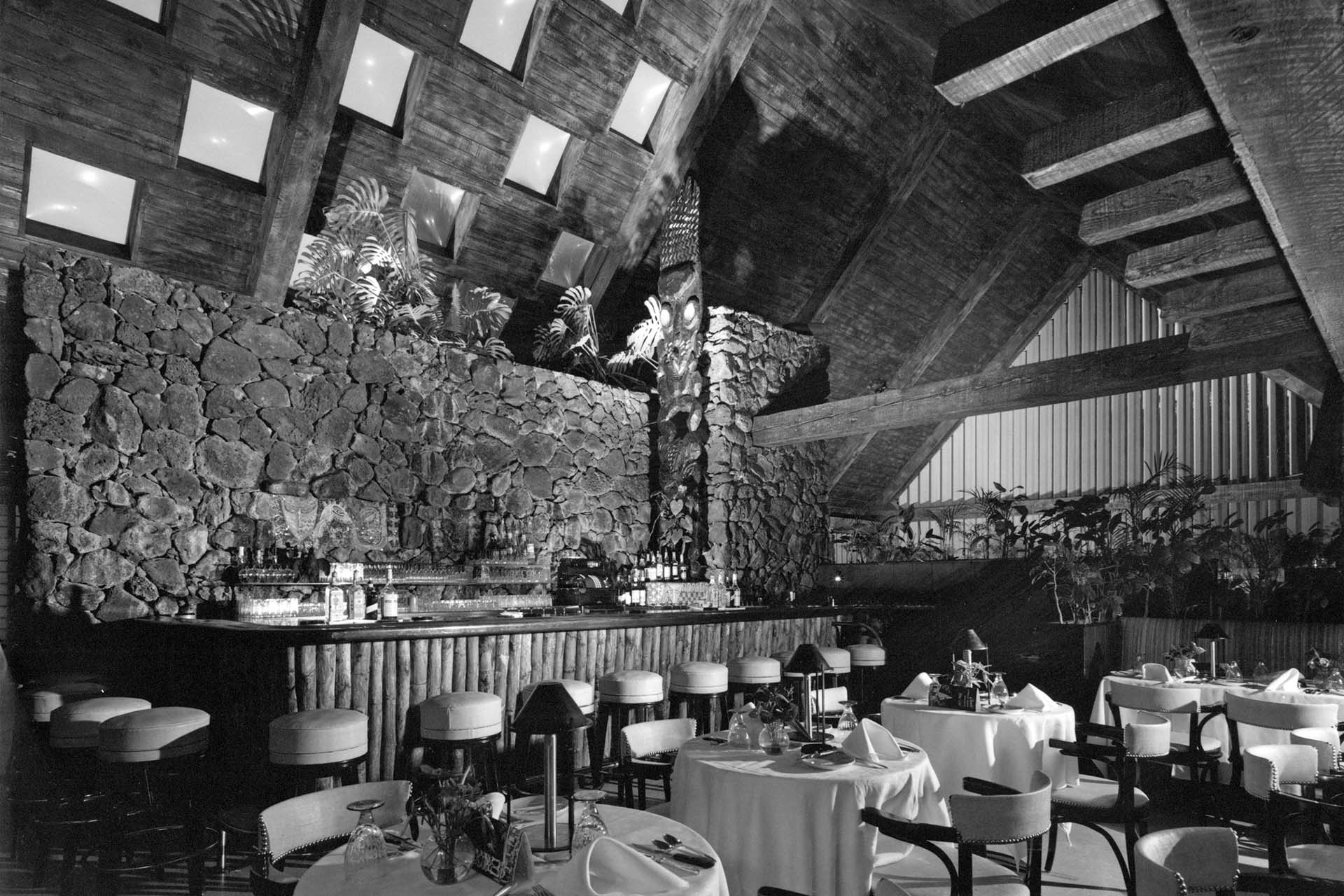Pete Re-Petes a Story About Pete
By WATG
July 14, 2015
This is a story about Pete & Pete. This is the tale of George James (Pete) Wimberly, the architect, and N. Peter Canlis, the man who founded a unique covey of restaurants. For decades after its opening in March 1954, Canlis’ Restaurant was a Waikiki landmark and one of the most popular and highly praised restaurants in Hawaii. Canlis Restaurant closed in March 1989 and Luxury Row now stands in it’s original location at 2100 Kalakaua.
It was in 1945 and I’d just finished a darn good looking officers club on the grounds of the Royal Hawaiian Hotel. Very soon after V-J Day I got a phone call from Peter Canlis. All he said was “One of these days you and I are going to build the world’s most beautiful restaurant” and then hung up.

Peter didn’t have a liquor license so you brought your own booze.
A couple of years later, Canlis opened his first restaurant where the Hyatt Regency now stands and it was not exactly what you’d call beautiful. Actually, he was a guy who had a $1500 budget to convert a World War II blackout Chinese restaurant, called the Golden Palms, into an acceptable steakhouse. And what do you do with $1500? You install a broiler so you don’t have to enlarge the kitchen. You push out and build a wall along the sidewalk so you can put in more tables which you protect with a striped awning. You get your wife to upholster banquettes with sailcloth so you don’t have to buy too many chairs. And when I asked Peter what kind of a lighting budget he had, he said zero so we lit mostly with candlelight. Finally, the place opened. Peter didn’t have a liquor license so you brought your own booze. People complained about the high prices (a filet was $2.50) but flocked there anyway.
Bumpei Akaji did the mosaic behind the bar, Mick Brownlee did the tiki and Harue McVay did ceramics.
And then, in 1953, the lease expired … they were going to build the Biltmore on the site … and Pete had to look for a new location. He talked with the Magoons and wound up at 2100 Kalakaua Avenue.
We must have worked on a dozen schemes. My partner, Howard Cook, worked 80 hours a week and construction started when we only had a half-finished plan.
Those big timbers in the ceiling we hassled from a construction company that was going to build bridges for a plantation. Ben Norris was my aesthetic consultant–he was in the art department at UH and knew all the artists. Bumpei Akaji did the mosaic behind the bar, Mick Brownlee did the tiki and Harue McVay did ceramics.
We argued and threw things and jumped up and down. Peter always knew what he wanted. He wanted a menu that would work in a small kitchen. He wanted the ladies room located so that a woman could walk by the bar–and perhaps catch an eye–legitimately. Later, when we added a private dining room, he insisted that guests walk through the restaurant to get there. He figured people like to be seen by other people going to a fancy party.
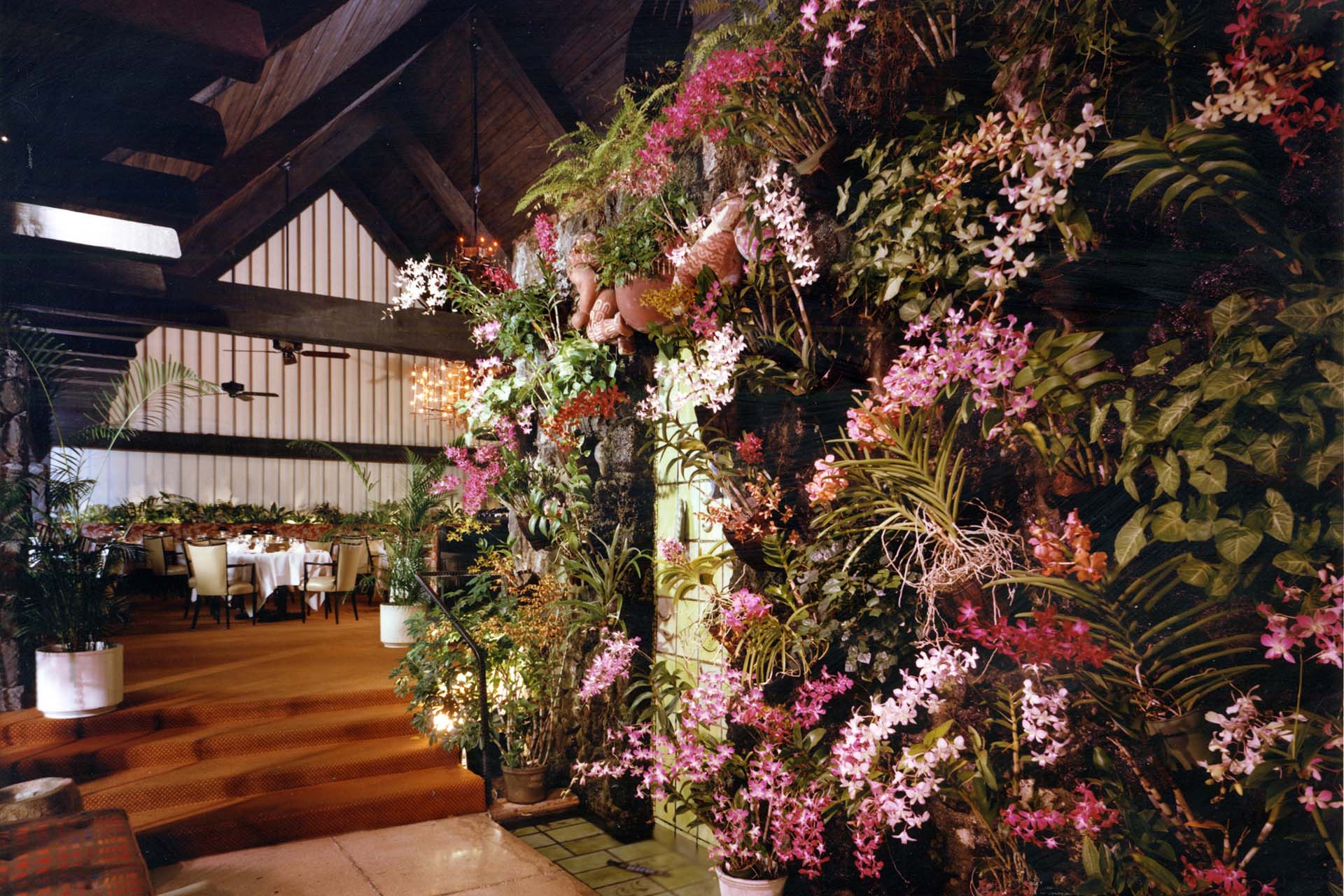
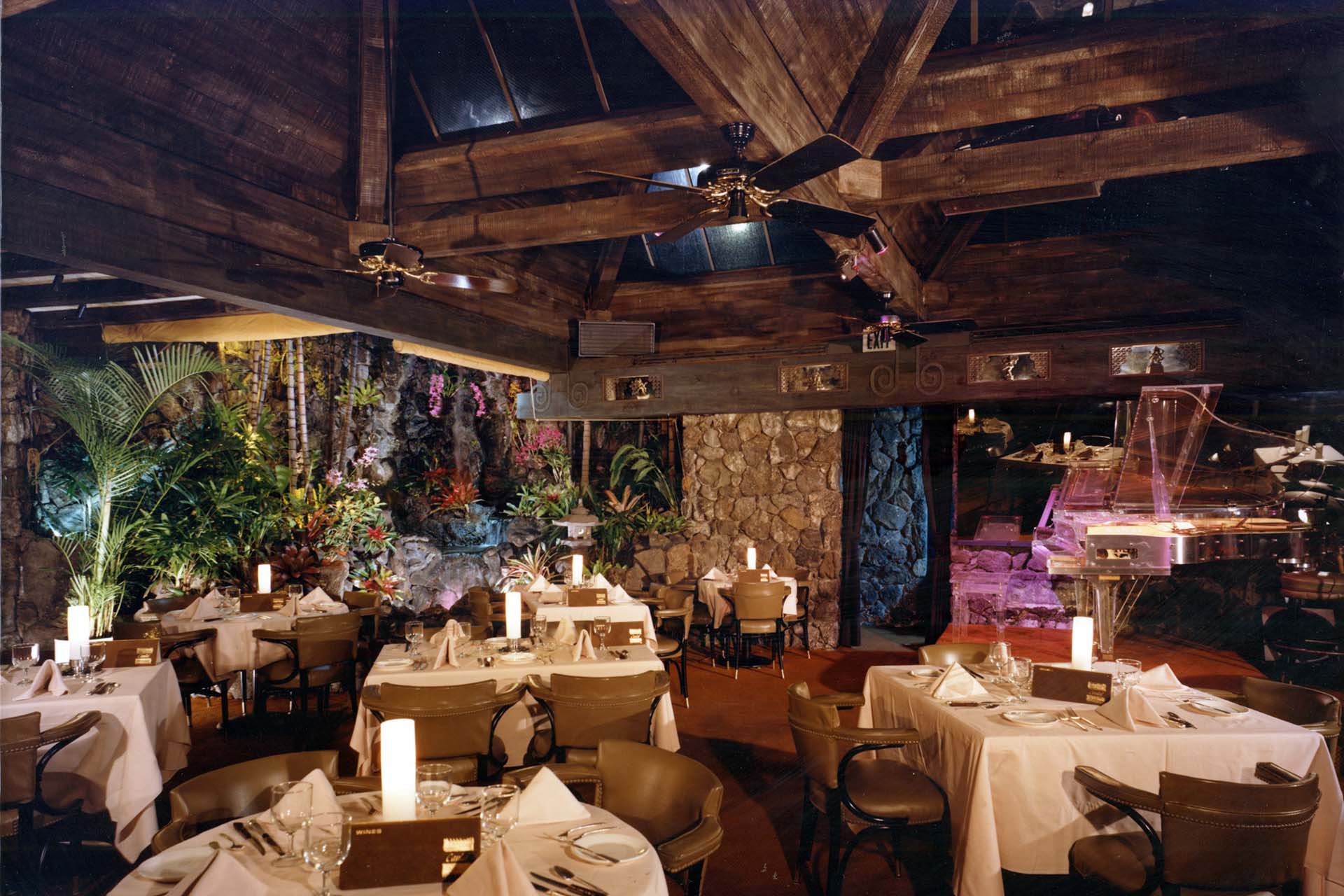
The whole shebang was finished in around 120 days at a cost of $ 150,000 and the public did proclaim the restaurant beautiful. Wimberly attended the grand opening, then piled into Queen’s hospital for a week, suffering exhaustion, His partner, Howard Cook, had a slipped disc.
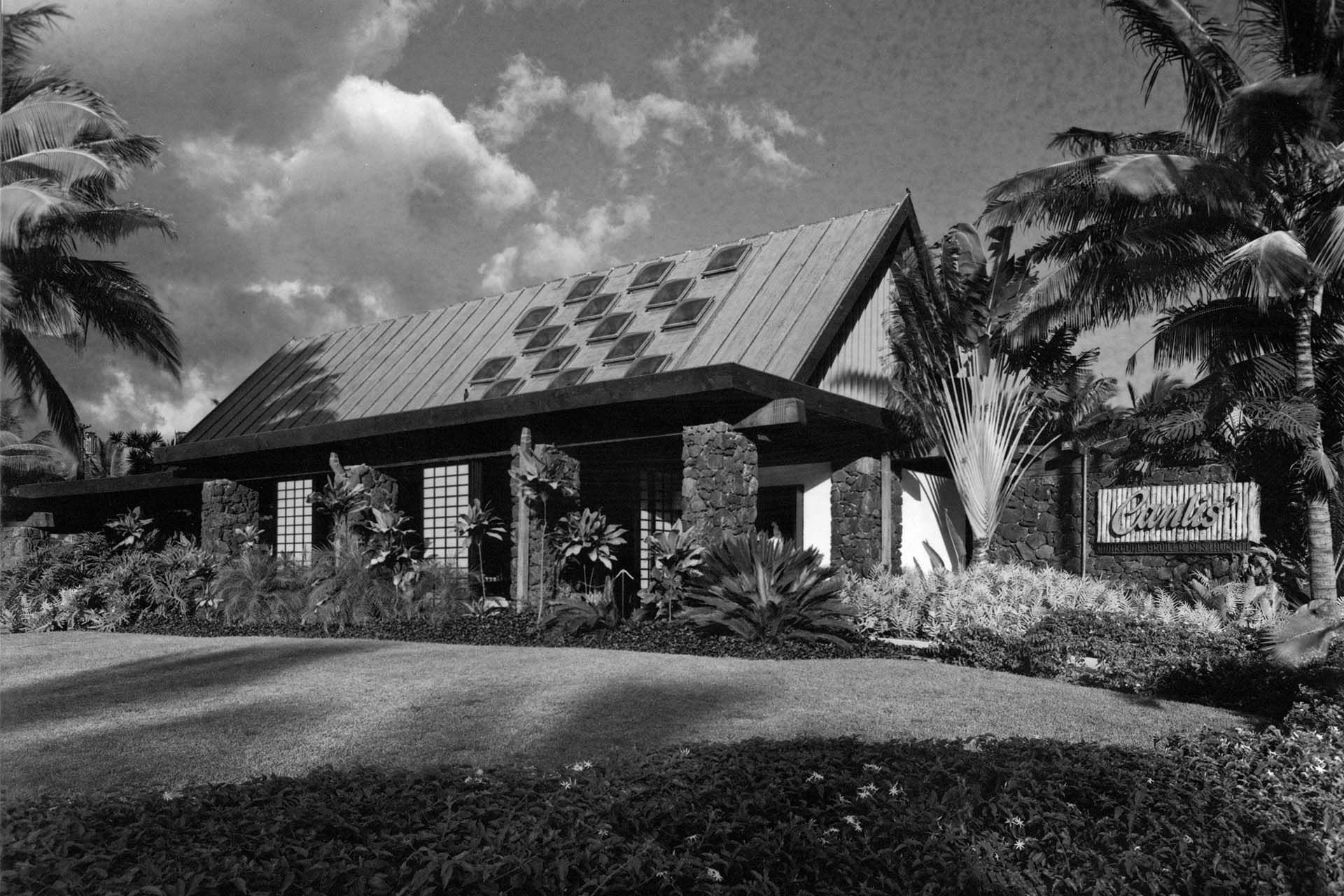
Canlis payed Wimberly practically nothing for the 1946 job and not much more for the 1955 building but, in the long run, the association proved profitable for the 67-year-old architect. At first the Lotus room (where Paulo plays today) was open to the skies but a steady run of customers dictated that the area be covered and used for dining fulltime. A porte-cochere was built and, in 1960, the Orchid room.
And Wimberly went on to design Canlis’ restaurants in Seattle, Portland and San Francisco, all providing comfortable commissions. A $300-a-month consultant fee ran on for years, a $2500 stock investment appreciated to around $40,000 and Mr. Canlis gave Mrs. Wimberly a mink stole.
Latest Insights
Perspectives, trends, news.

- Strategy & Research
Spiritual Travel: Designing to Connect Mind, Body, and Soul

- Strategy & Research
Spiritual Travel: Designing to Connect Mind, Body, and Soul
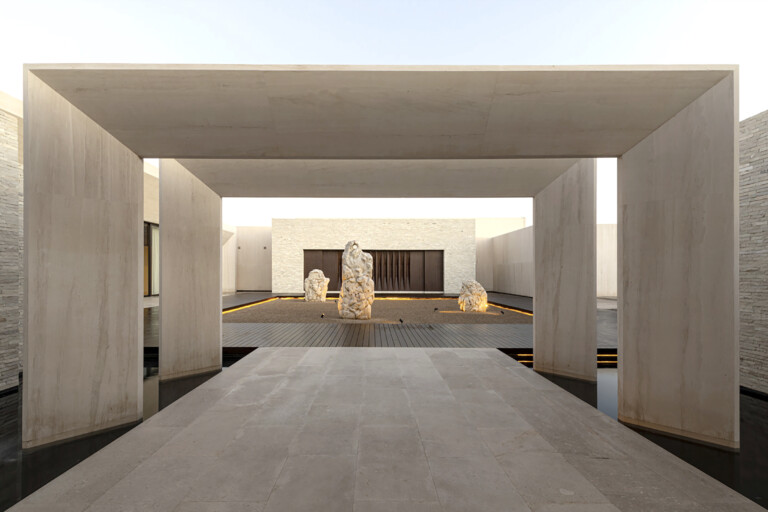
- Case Study
The Design Journey of Nobu Hotel and Residences Los Cabos
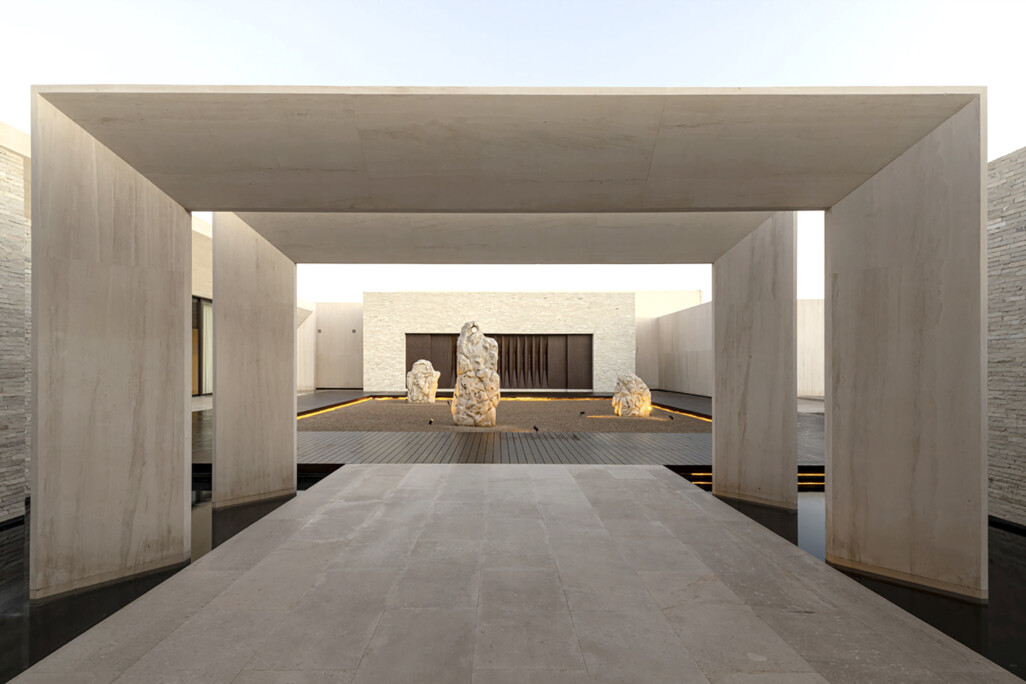
- Case Study
The Design Journey of Nobu Hotel and Residences Los Cabos


- News
Helping shape Egypt’s future

- Employee Feature
Beyond Boundaries: Celebrating World Landscape Architecture Month 2025

- Employee Feature
